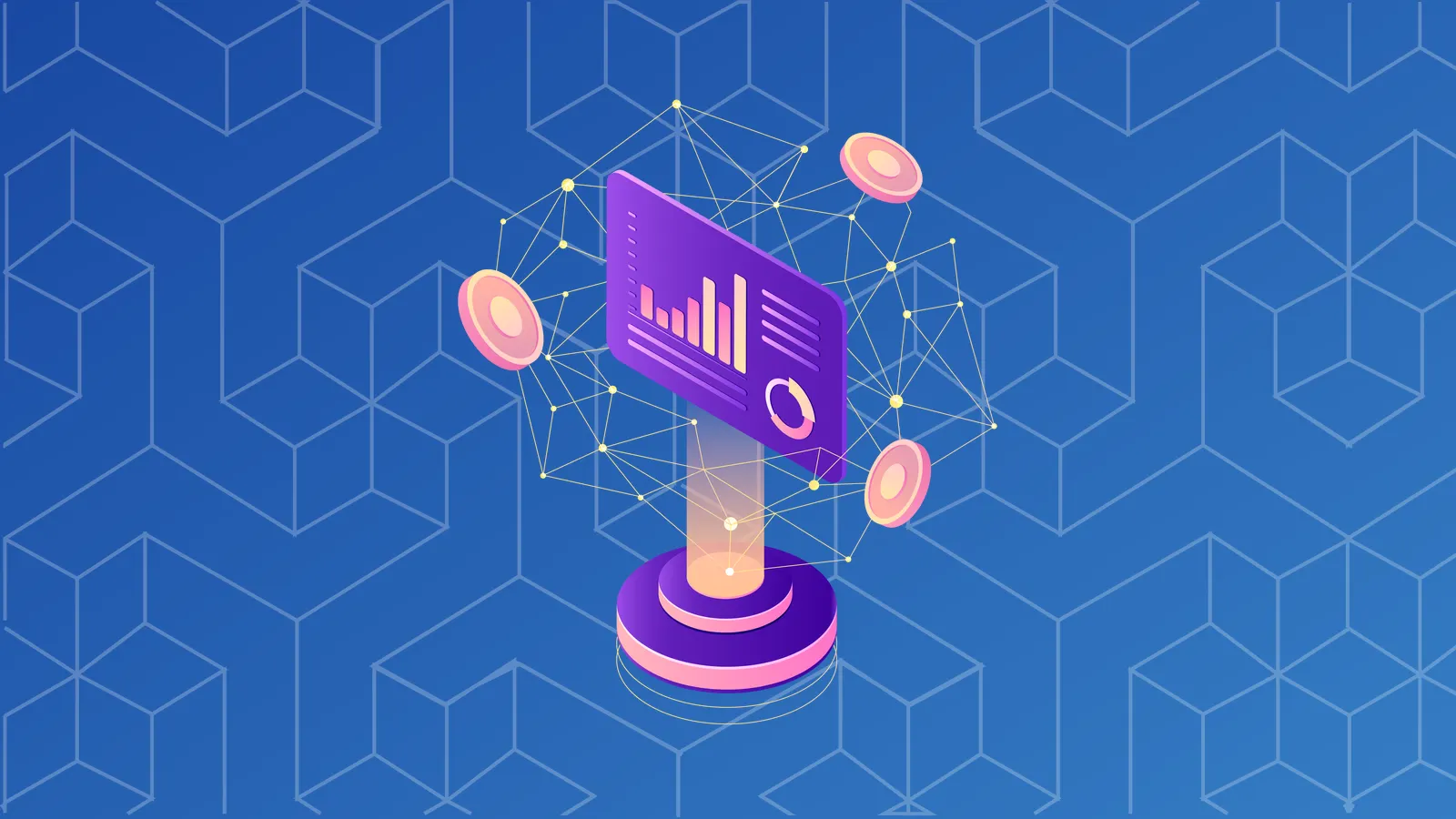In brief
- Yield farming lets you lock up funds, providing rewards in the process.
- It involves lending out cryptos via DeFi protocols in order to earn fixed or variable interest.
- The rewards can be far greater than traditional investments, but higher rewards bring higher risks, especially in such a volatile market.
Yield farming involves lending cryptocurrency via, in most cases, the Ethereum network. When loans are made via banks using fiat money, the amount lent out is paid back with interest. With yield farming, the concept is the same: cryptocurrency that would otherwise be sitting in an exchange or in a wallet is lent out via DeFi protocols (or locked into smart contracts, in Ethereum terms) in order to get a return.
Yield farming is normally carried out using ERC-20 tokens on Ethereum, with the rewards being a form of ERC-20 token. While this might change in future, almost all current yield farming transactions take place in the Ethereum ecosystem.
How does yield farming work?
The first step in yield farming involves adding funds to a liquidity pool, which are essentially smart contracts that contain funds. These pools power a marketplace where users can exchange, borrow, or lend tokens. Once you’ve added your funds to a pool, you’ve officially become a liquidity provider.
In return for locking up your finds in the pool, you’ll be rewarded with fees generated from the underlying DeFi platform. Note that investing in ETH itself, for example, does not count as yield farming. Instead, lending out ETH on a decentralized non-custodial money market protocol like Aave, then receiving a reward, is yield farming.
Reward tokens themselves can also be deposited in liquidity pools, and it’s common practice for people to shift their funds between different protocols to chase higher yields.
It’s complex stuff. Yield farmers are often very experienced with the Ethereum network and its technicalities—and will move their funds around to different DeFi platforms in order to get the best returns.
It is by no means easy, and certainly not easy money. Those providing liquidity are also rewarded based on the amount of liquidity provided, so those reaping huge rewards have correspondingly huge amounts of capital behind them.
A quick rundown of yield farming
- 💰 Liquidity providers deposit funds into a liquidity pool.
- 💱 Deposited funds are normally stablecoins linked to USD, such as DAI, USDT, USDC, and more.
- 💸 Another incentive to add funds to a pool could be to accumulate a token that’s not on the open market, or has low volume, by providing liquidity to a pool that rewards it.
- 📈 Your returns are based on the amount you invest, and the rules that the protocol is based on.
- 🔗 You can create complex chains of investments by reinvesting your reward tokens into other liquidity pools, which in turn provide different reward tokens.
What’s so special about yield farming?
The main benefit of yield farming is the potential for profit. If you arrive early enough to adopt a new project, for example, you could generate token rewards that might rapidly shoot up in value. Sell the rewards at a profit, and you could treat yourself—or choose to reinvest.
Currently, yield farming can provide more lucrative interest than a traditional bank, but there are of course risks involved too. Interest rates can be volatile, making it hard to predict what your rewards could look like over the coming year—not to mention that DeFi is a riskier environment in which to place your money.
Why should we care?
Yield farming is important as it can help projects gain initial liquidity, but it is also useful for both lenders and borrowers. It makes the world of taking out loans easier for all.
Those who are making huge returns often have a lot of capital behind them. But those wanting to take out a loan have access to cryptocurrency with very low interest rates—sometimes as low as 1% APR. Borrowers are also able to lock up the funds in a high-interest account with ease.
Though the yield farming explosion has died down somewhat following its Summer 2020 boom, there is still the possibility of earning an outsized yield on assets compared to that seen in the world of traditional finance.
Yield farming has been a somewhat divisive topic in the world of crypto. Not all the community thinks it’s important—and some in the crypto community have advised people to stay away. For example, flash farms (yield farming projects that pop up for just a week or so) have been criticized by Ethereum developers for their high risk. Ethereum co-founder Vitalik Buterin himself has said he will be staying away from yield farming investments.
Which projects are involved?
There are a number of DeFi projects currently involved in yield farming. The biggest right now in terms of value locked into smart contracts is Aave, a project that allows users to lend and borrow a number of cryptocurrencies.
Next up is yearn.finance, which works to move users’ funds between different lending and liquidity protocols (Compound, Aave and dYdX) to get the best interest rates.
Then there is Compound, a DeFi platform that allows people to earn money on the crypto they save.
Who can get involved?
Getting involved in yield farming is tricky if you have no previous experience in the crypto world. Projects like Compound and yearn.finance are working to make the world of borrowing and lending accessible to all.
But because yield farming has driven high gas fees on the Ethereum network, those making huge returns from lending their crypto are those who typically have a lot of capital behind them to start with.
What can you do with yield farming?
One strategy involves one of the world's most popular DeFi platforms, Compound. The platform rewards investors with COMP tokens for both supplying and capital borrowing, and many users maximize their returns by doing both:
- Borrowing funds on Compound provides COMP Token as a form of cashback. The more you borrow, the more COMP Token is provided.
- If the cashback is worth more than the cost of the borrowing fees, you can keep on borrowing to farm the cashback rewards.
- Because liquidity miners are compensated for both lending and borrowing, one strategy is to lend the highest interest rate asset, borrow as much as you can against the tokens, and then return the remaining assets back to the lending pool.
- The (potential) end result is 100% APY instead of the 0.01%-1.00% that most banks offer, which is a very substantial increase.
In-depth strategies are beyond the scope of this article, but essentially, the method involves making a deposit, and then borrowing against it. It goes without saying that it's extremely risky; as always, one should never invest what you cannot afford to lose.
Is yield farming sustainable?
As a number of Ethereum developers have told Decrypt, certain yield farming projects won’t last and are simply not sustainable. These projects often raise huge amounts in a short period of time and are then forgotten about. Some have even been described as scams—especially the flash farming projects.
Other yield farming "experiments" have involved experimental—and unaudited—code, which has led to unintended consequences.
For now, yield farming remains a high-risk, high-reward practice that might be worth pursuing, as long as the necessary research and risk assessments have been carried out in advance.
Disclaimer
The views and opinions expressed by the author are for informational purposes only and do not constitute financial, investment, or other advice.




